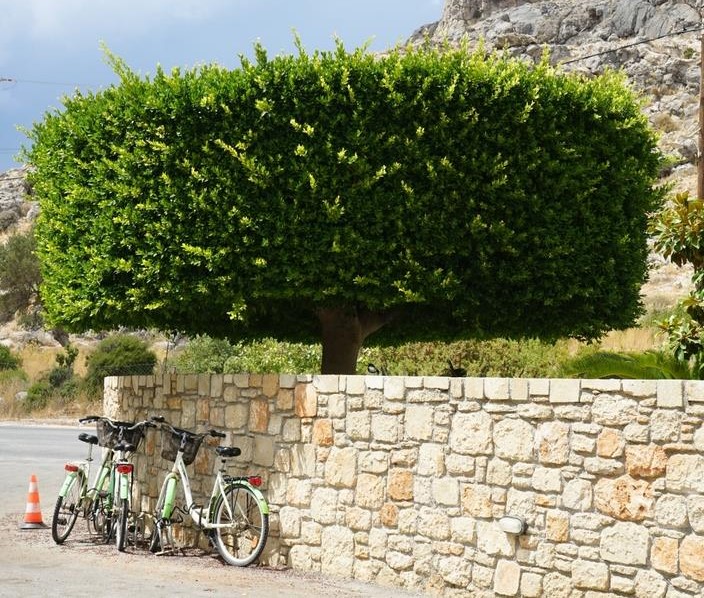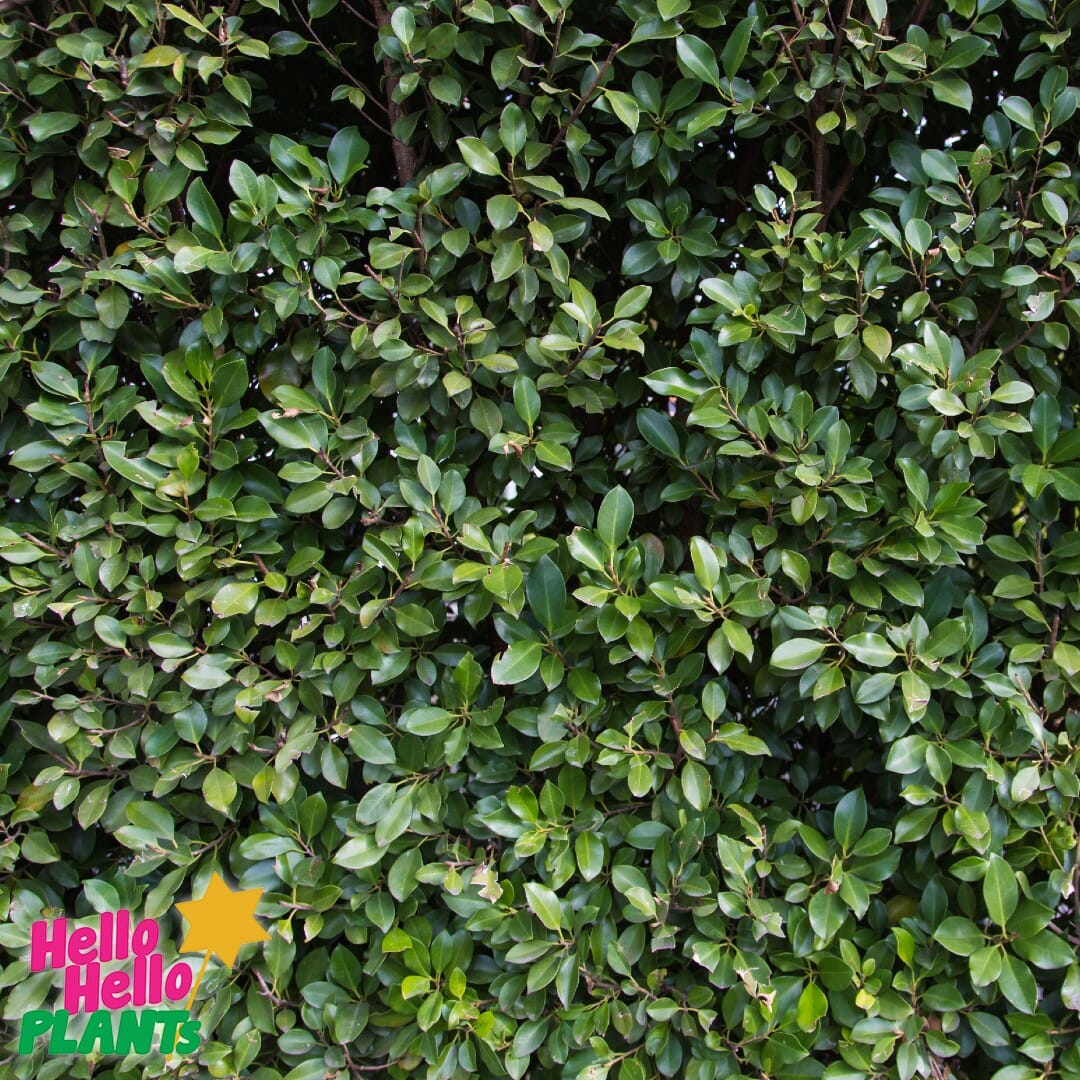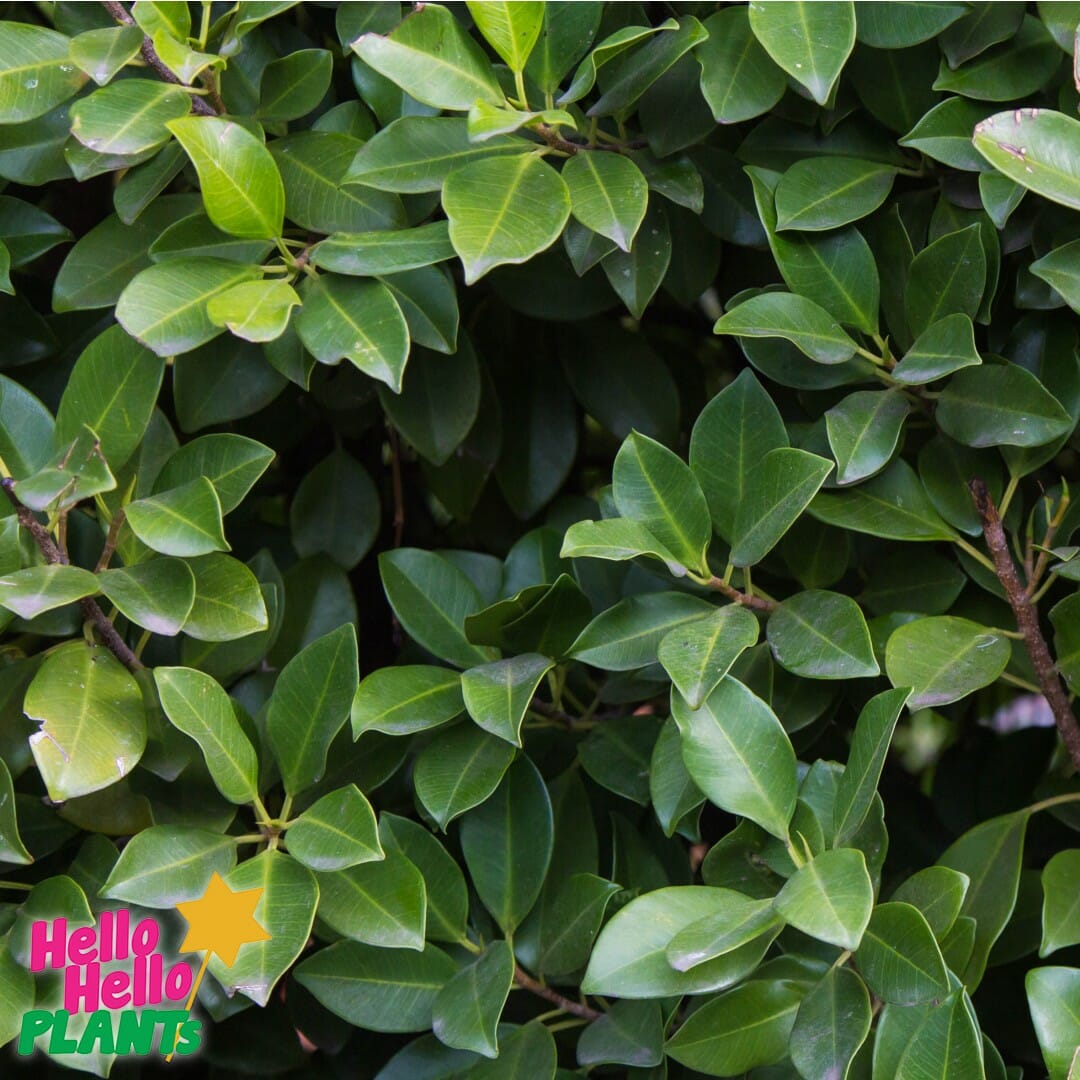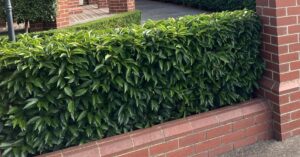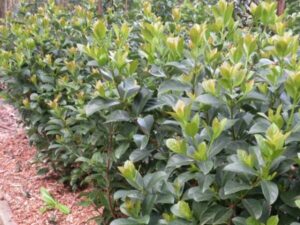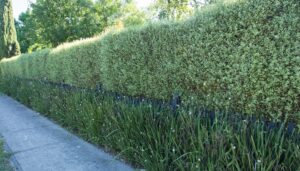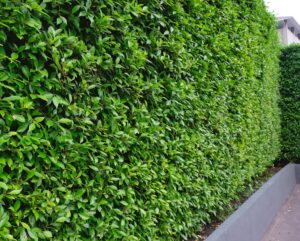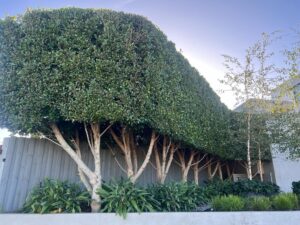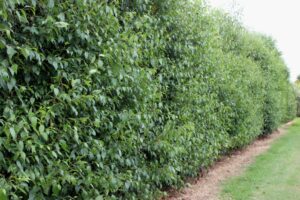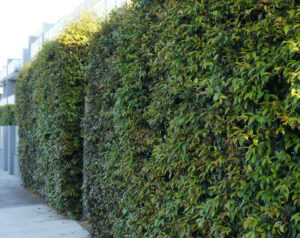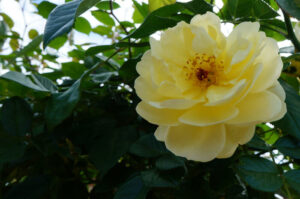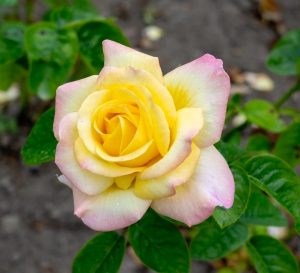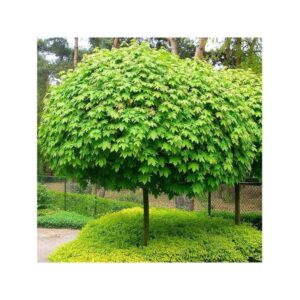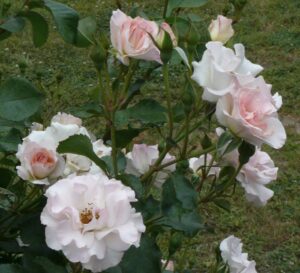Ficus nitida ‘Chinese Banyan’ 16″ Pot (Standard)
$299.99
Ficus microcarpa var. nitida
Common names: Chinese Banyan, Malayan Banyan or Indian Laurel Fig.
A hardy evergreen ficus plants and are the number one choice for standardizing. The soft, white bark contrasts beautifully against the exuberant, glossy green foliage, making a feature out of your pleached hedge or standard topiary. It can tolerate a wide range of soils from clay to sandy, preferring a rich, moist loam in which it would thrive. They grow best in full sun to part shade and produce no flowers, making it a no mess hedging option!
Ficus roots are known to be quite vigorous, but can be controlled by keeping the foliage and head of the plant trimmed, roughly 2-4 times a year. They are best planted away from water pipes, easements and pools to avoid any root issues.
See our Ficus Hedging & Screening Factsheet here for more about the different Ficus varieties!
16″/40cm pot – Standard
For care instructions, features and more, check out Additional Information below
| Other Common Names | Chinese Banyan, Indian Laurel, Malayan Banyan, White Trunk Ficus |
|---|---|
| Origin | Asia, Australia |
| Plant Type | |
| Leaf Drop | |
| Sunshine | |
| Tolerances | Pollution Tolerant, Poor Soil Tolerant, Frost Tolerant, Salt Tolerant, Heat Tolerant, Drought Tolerant |
| Soil Type | |
| pH | |
| Water Requirement | |
| Fertilise Me | December, February, January, March, November, October, September |
| Fertilizer Frequency | Monthly, When needed |
| Planting Distance | 1 every 80cm, 1 per metre |
| Best time to plant | |
| Max Height | |
| Max Width | |
| Growth Speed | |
| Prune Me | |
| Size Maintained at | |
| Flowering | |
| Foliage Colour | |
| Fruit / Seed | |
| Toxic To | |
| Uses | |
| Supply Code | N245 |



